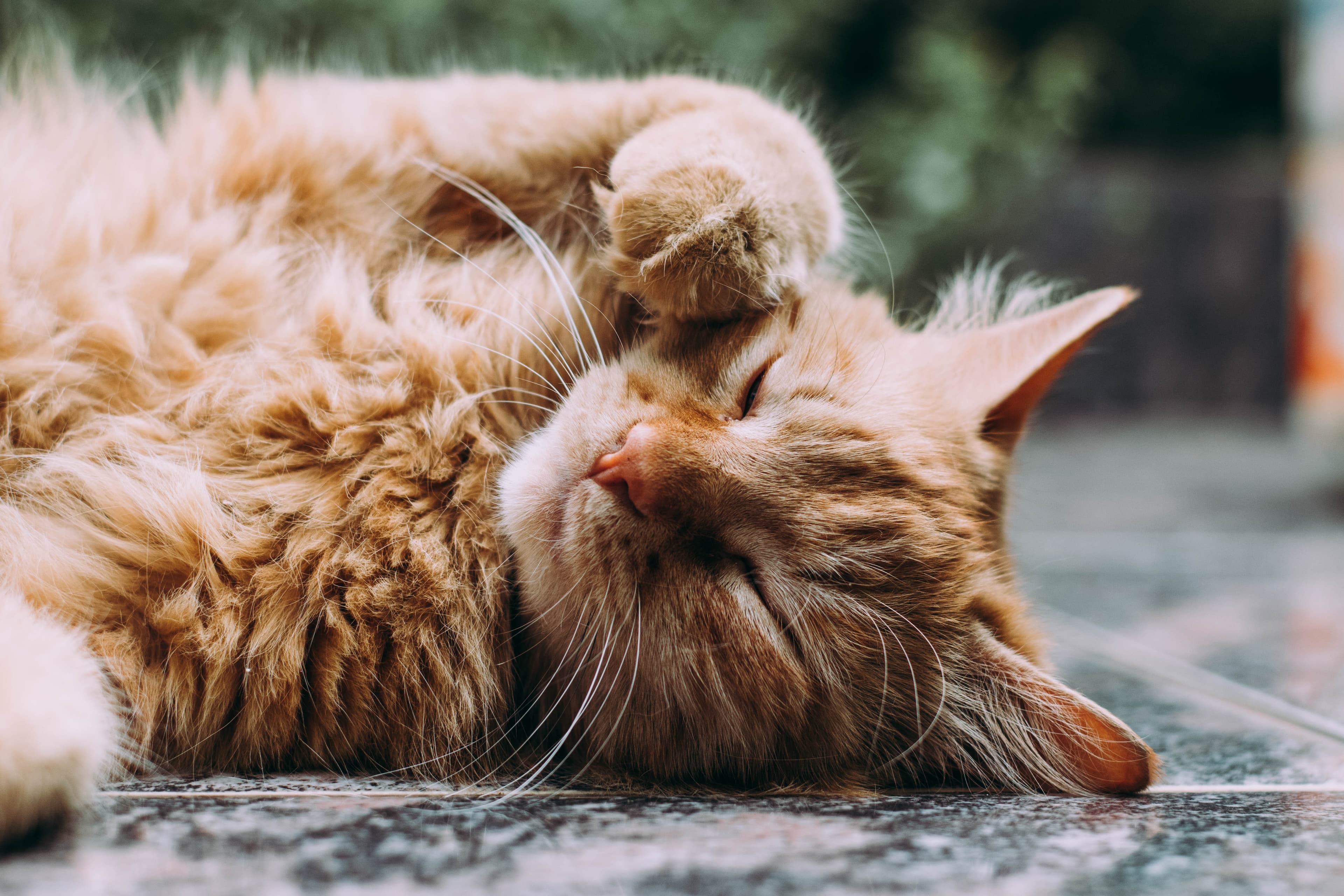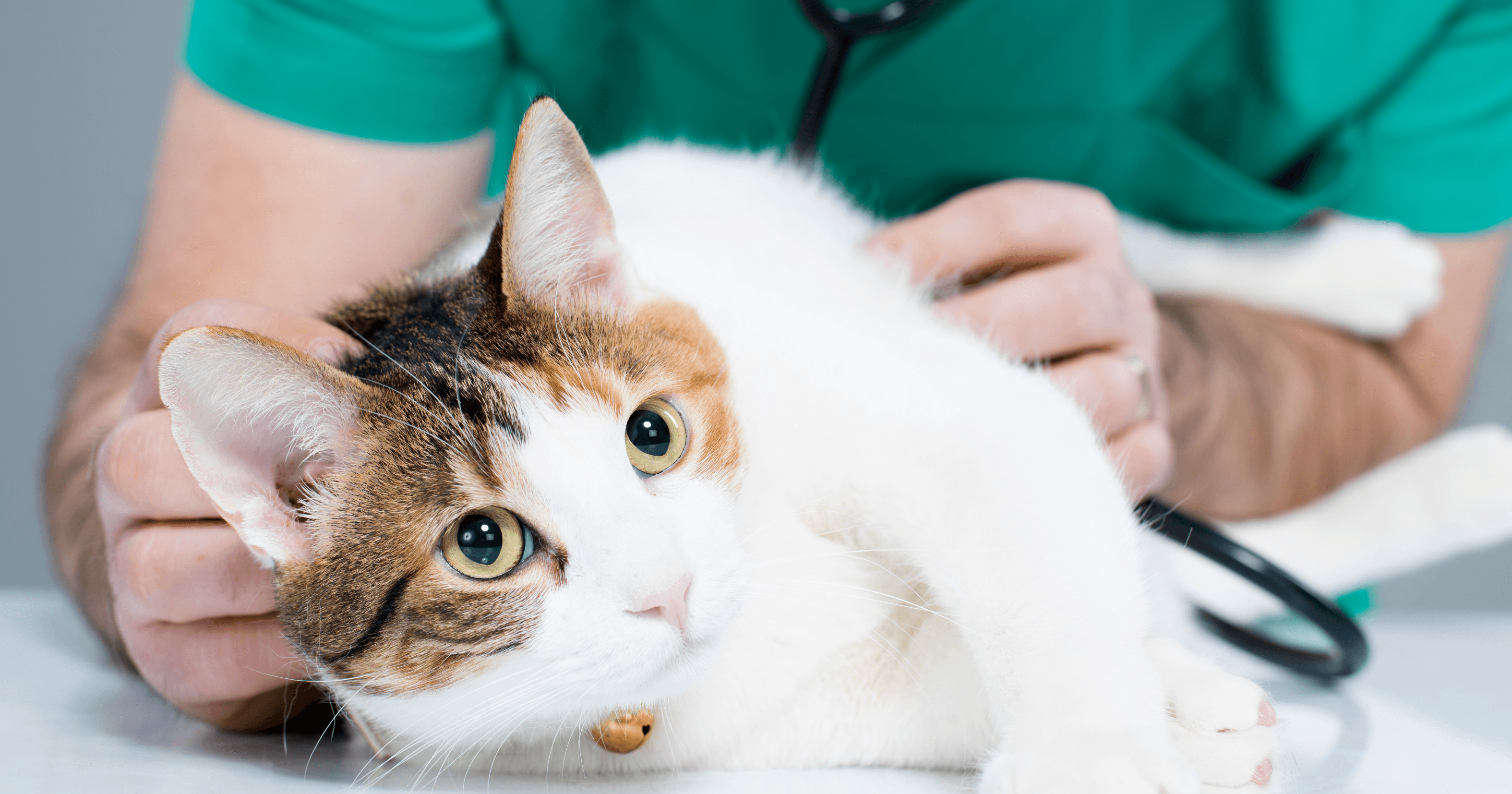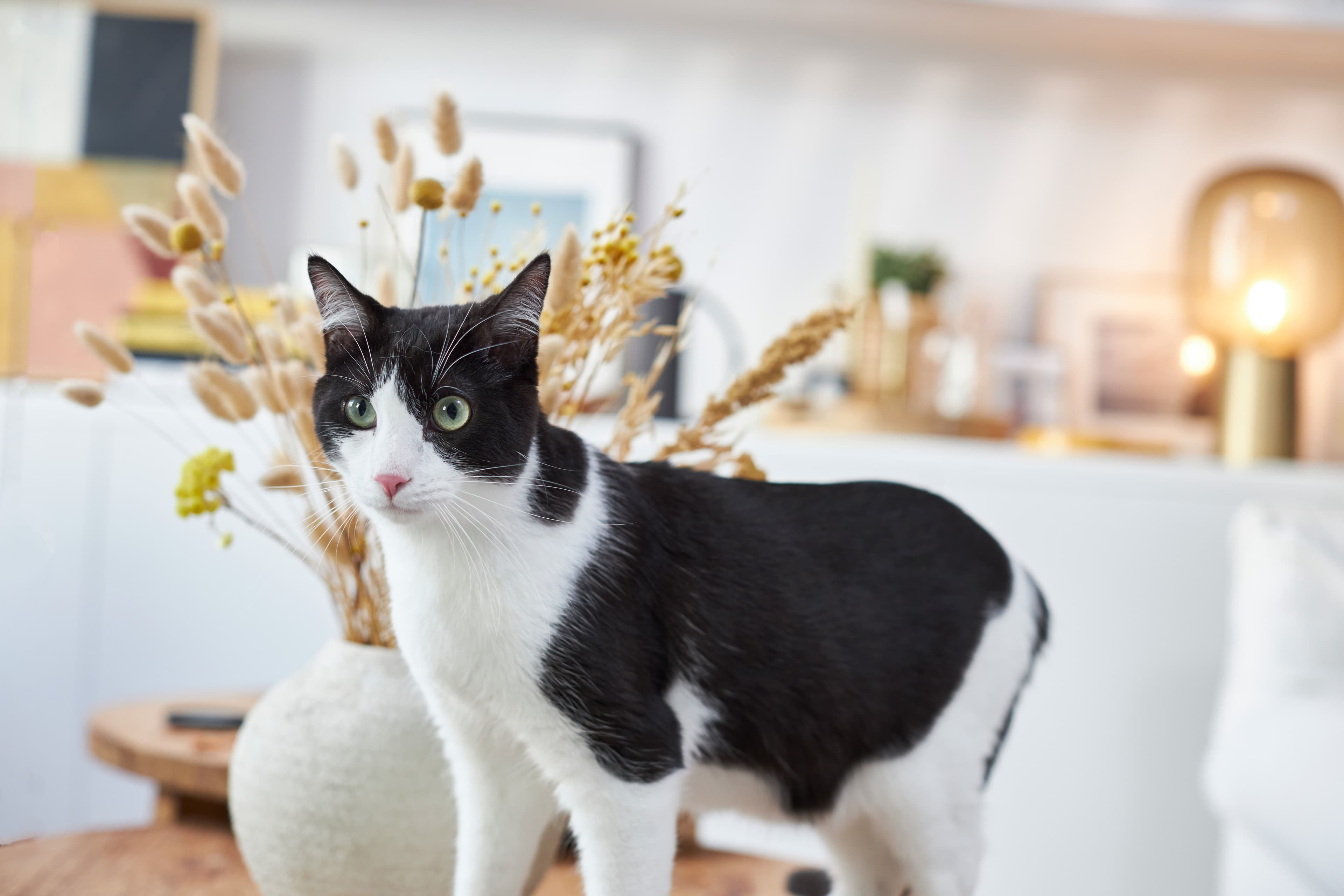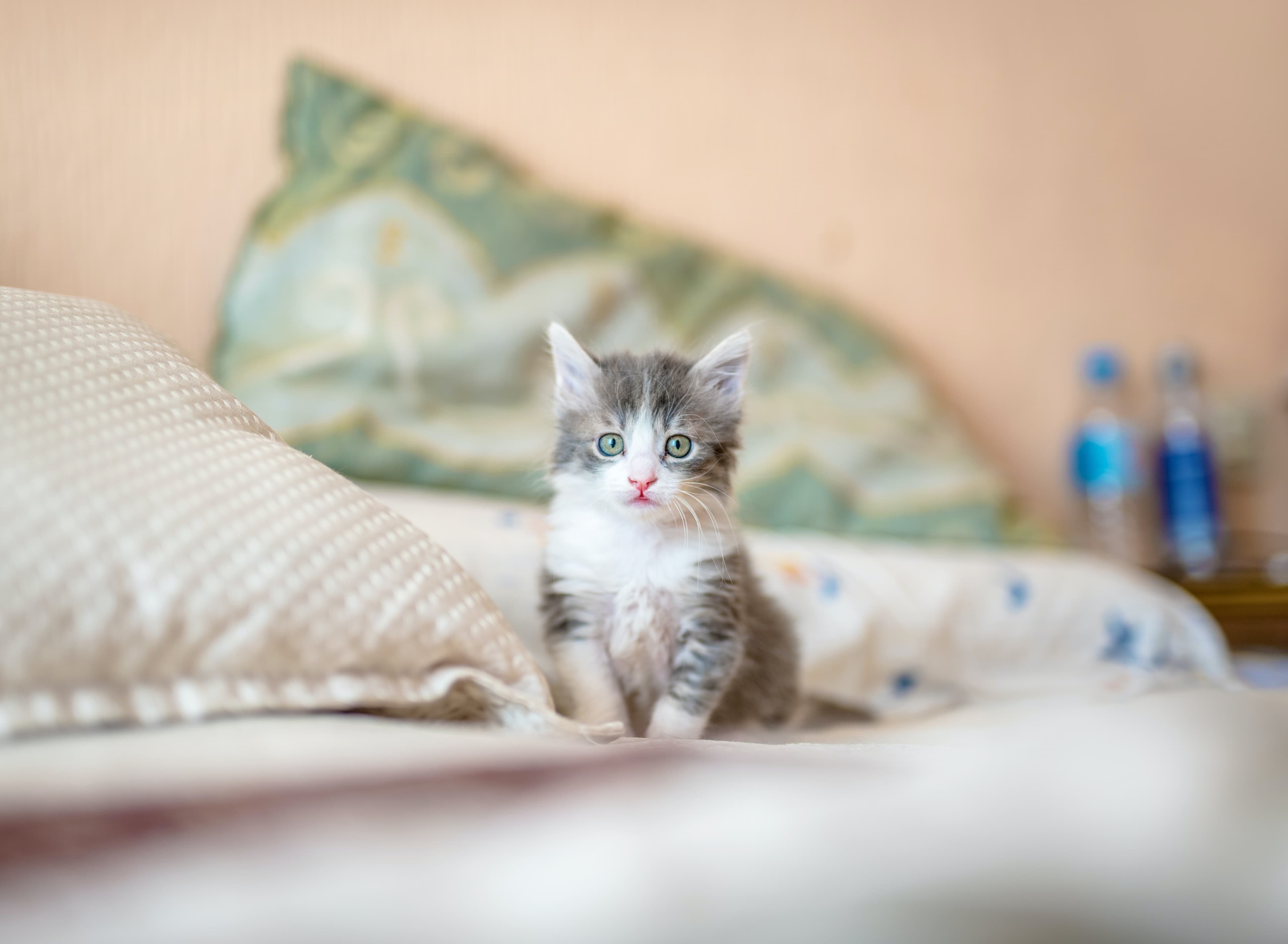Cats in heat
As spring and warmth approach, the unneutered female cat begins to go into heat. This causes the female to whine heavily in order to attract male cats to mate. This time can be demanding and frustrating for both the cat and its owner.
Signs of heat
The female whines loudly in order to attract the male cat.
The female develops a poor appetite, sometimes disappearing completely.
Urinates indoors to show availability to the male.
Brushes against walls, furniture and people. Usually with the help of the hindquarters.
The female cat may get into fights. It is therefore important to keep an eye on any wounds to make sure they do not become infected.
How long does a cat stay in heat?
The duration of a cat's heat is usually between 7-9 days. The number of times a female goes into heat in a year can vary. Some females run once a year and others run on and off throughout the year. Outdoor cats are affected by the seasons, and it is common that from October until February, when it is usually dark outside, there is a pause in their cycle.
Neutering of female cats
As the heat season is very stressful for the cat, it is best to neuter cats that are not planned to be bred. The advantages of neutering a female cat are that she cannot then be exposed to uterine inflammation or ovarian tumours. In addition, many find that the cat feels calmer and any problems with the cat peeing outside their box may disappear. The main disadvantage of neutering, however, may be the risk of obesity in the cat, however this can be prevented with proper feeding and activation.
Requirements for neutering outdoor cats
According to the Swedish Board of Agriculture's new Animal Welfare Decree, cat owners are now required to ensure that the breeding of outdoor cats is not uncontrolled. The aim of the new rules is to clarify the animal's needs and to make the cat owner's responsibility and knowledge clearer. You must therefore ensure that your cat is kept indoors until it is neutered.
In Germany however, there is no legal requirement to neuter your cat, although this is often recommended by vets. If your cat is an outdoor cat, it may be wise to neuter them to avoid accidental breeding and reduce the risk of injury due to fighting.






